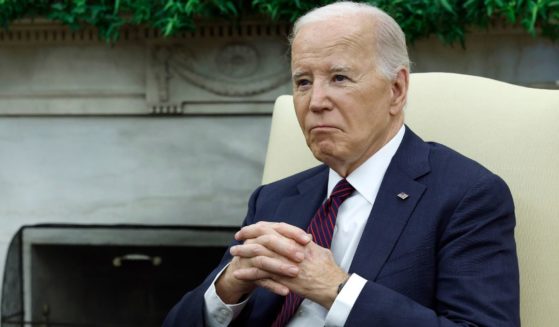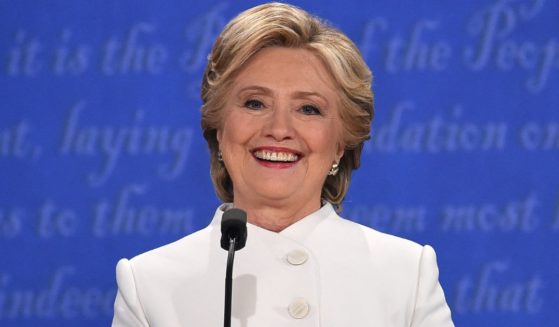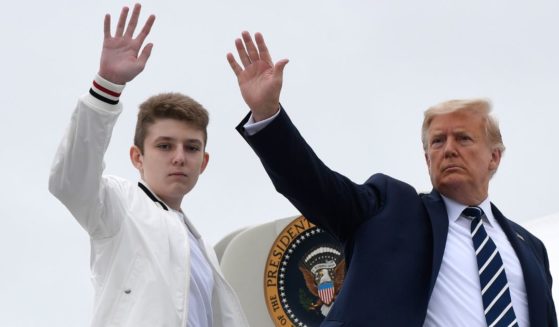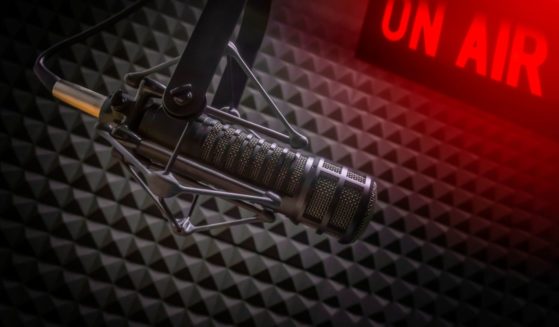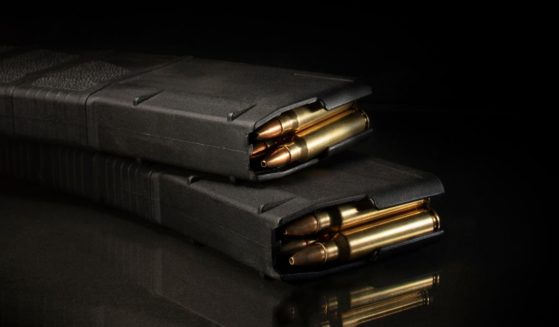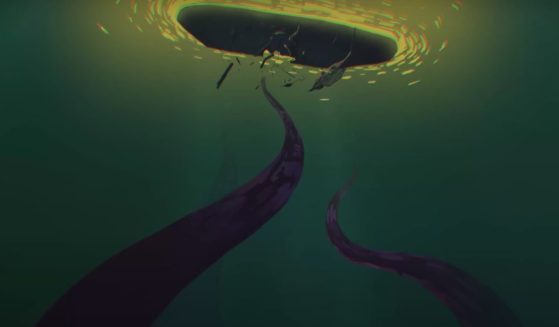Japan to name new era for soon-to-be-emperor Naruhito
TOKYO (AP) — The era of Japan’s next emperor, which begins May 1, will be named “Reiwa,” connoting pursuit of harmony, the government said Monday after selecting the phrase from ancient Japanese poetry instead of Chinese classics as Prime Minister Shinzo Abe promotes national pride.
The current “Heisei,” or “achieving peace,” era will end with Emperor Akihito’s abdication on April 30. His son, Naruhito, is to ascend the throne the following day.
While a growing number of Japanese prefer the Western calendar over the Japanese system in a highly digitalized and globalized society, era names are still widely used in government and business documents and on calendars. Many people use them to identify generations and historical periods.
The choice had been kept strictly secret ahead of Monday’s announcement.
Abe said the two characters were taken from a poem about plum blossoms in the “Manyoshu,” a 7th century poetry collection, and mean that “culture is born and nurtured as the people’s hearts are beautifully drawn together.” He said “Manyoshu” is Japan’s oldest collection of poetry written by both royals and ordinary people, and it was appropriate to choose the name from a book symbolizing Japan’s rich culture and tradition.
Abe said the government selected the name “with hopes of making Japan a nation where every person can achieve dreams, like the plum flowers that bloom beautifully after a severe winter to signal the start of spring.”
The first character of the era name, “rei,” also means “good” or “beautiful,” while the second, “wa” could mean “peace,” ”harmony” or “mild” as in the introduction to a Manyoshu section with poems about plum flowers. “It is now the good month in early spring, the air is fresh and wind is soft. The plums blossoms are like the white powder of a beauty before a mirror, the fragrance like that which follows the sachet of a noble lady,” it says, describing a scene at a party where people open their hearts.
The break from 1,400 years of drawing era names from Chinese classics was expected from Abe’s conservative government, which is often hawkish toward China. Abe and his strongest supporters have campaigned to bolster national pride, which they say was lost because of war guilt taught during the U.S. occupation after Japan’s World War II defeat. Abe also has been pushing to restore an authoritative image of the emperor.
“We hope (the era name) will be widely accepted by the people and deeply rooted as part of their daily lives,” Chief Cabinet Secretary Yoshihide Suga said in announcing the name, written with two Chinese characters in black ink calligraphy on a white background.
The announcement gives the government, businesses and people only a month to adjust to a change that affects many parts of Japanese society, even though the system is not compulsory and the emperor has no political power under Japan’s postwar constitution.
Under a 1979 law, a panel of experts on classical Chinese and Japanese literature was appointed in mid-March to nominate names that met strict criteria, including being easy to read and write but not common.
The nominations were presented first to nine outside experts, including Nobel Prize-winning stem-cell scientist Shinya Yamanaka and award-winning novelist Mariko Hayashi, to present their views and narrow the selection before final approval by the Cabinet.
Although some names nominated in the past have come from Japanese classics, none was ever chosen.
“I think the first adoption of an era name drawn from Japanese classics under the Abe government, which has the strong backing of conservatives, seems to be quite significant,” said Eiichi Miyashiro, an era name expert and senior editorial staff member at the Asahi newspaper.
Taking the name from a Japanese book stresses the country’s identity, and Manyoshu is a great choice because it is an anthology that documents the people’s own voices, Robert Campbell, head of the National Institute of Japanese Literature in Tokyo, said in an interview with public broadcaster NHK.
Discussing and guessing the new era name in advance was not considered a taboo this time because Akihito is abdicating, a highly unusual step. Era name changes are also a time for many Japanese to reflect on the outgoing and incoming periods.
“Many Japanese people don’t think of an emperor when they mention an era name. Changes in eras are a rare occasion when people realize the link between the era name and the emperor,” Miyashiro said.
The new name seemed well-received.
Office worker Yoshiko Sugita, 50, said she liked the name’s second character, “wa,” which means peace or harmony. “I hope that harmony and peace will also continue in this new era,” she said.
Akihito’s Heisei era was the first without war in Japan’s modern history, but is also remembered as a period of lost years caused by economic deflation and natural disasters.
Heisei was the first era name decided by the government under the postwar constitution and the emperor had no say over the choice. Still, the government, with its highly secretive and sensitive handling of the process, underscored that “the emperor has power in an invisible, subtle way,” said Hirohito Suzuki, a Toyo University sociologist.
Era name changes create a host of business opportunities. Anything dubbed “last of Heisei” attracts Akihito fans, while others wait to submit marriage certificates or file other official registrations until the new era starts. Analysts say the era change, which will extend Japan’s “Golden Week” holiday period to 10 days with the addition of May 1, could buoy tourism and other recreational spending.
___
AP journalist Haruka Nuga contributed to this report.
___
Follow Mari Yamaguchi at https://www.twitter.com/mariyamaguchi
The Western Journal has not reviewed this Associated Press story prior to publication. Therefore, it may contain editorial bias or may in some other way not meet our normal editorial standards. It is provided to our readers as a service from The Western Journal.
Truth and Accuracy
We are committed to truth and accuracy in all of our journalism. Read our editorial standards.

